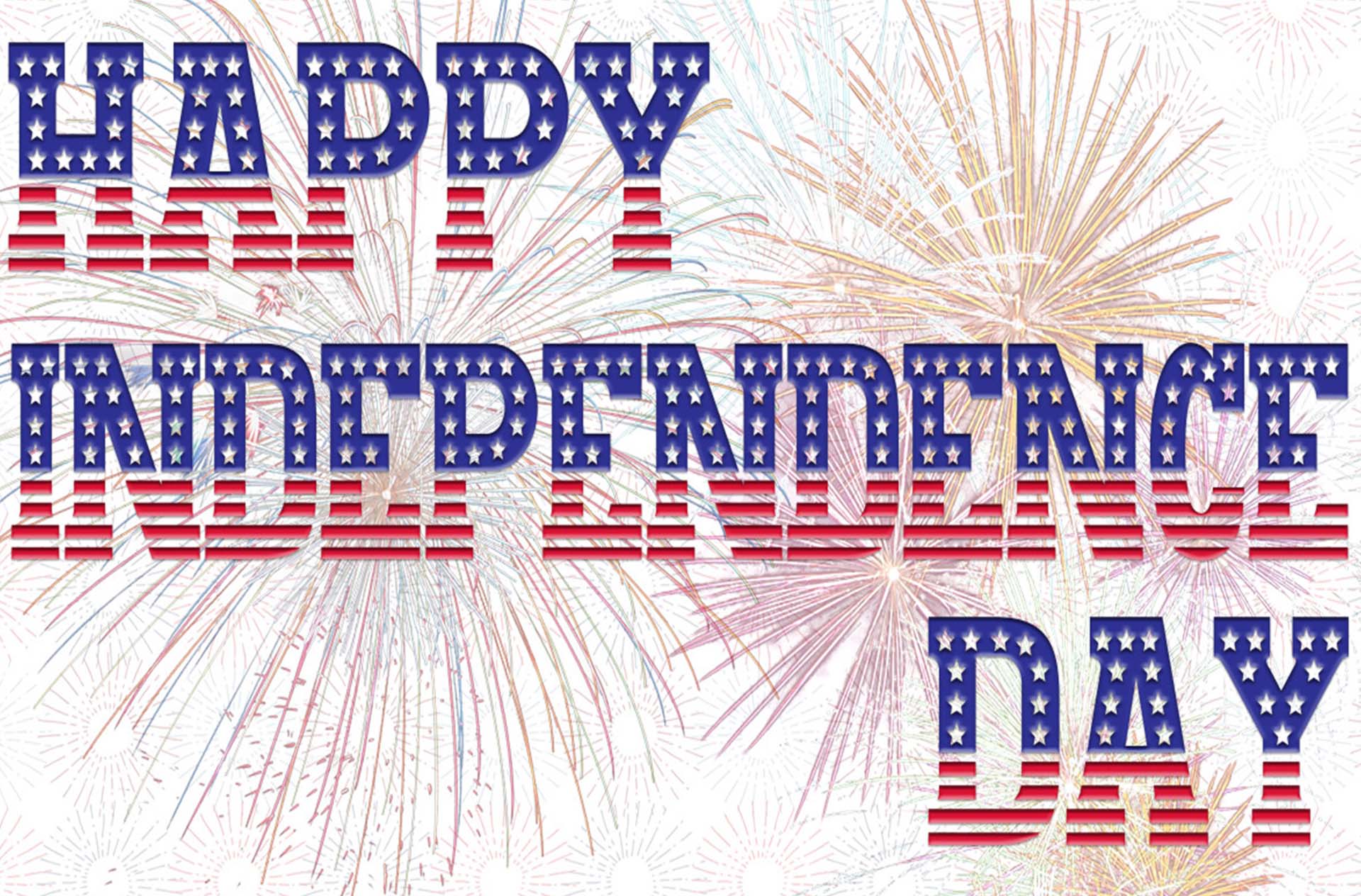The Fourth of July—also known as Independence Day or July 4th—has been a federal holiday in the United States since 1941, but the tradition of Independence Day celebrations goes back to the 18th century and the American Revolution. On July 2nd, 1776, the Continental Congress voted in favor of independence, and two days later delegates from the 13 colonies adopted the Declaration of Independence, a historic document drafted by Thomas Jefferson. From 1776 to the present day, July 4th has been celebrated as the birth of American independence, with festivities ranging from fireworks, parades and concerts to more casual family gatherings and barbecues. The Fourth of July 2023 is on Tuesday, July 4.
Independence Day in the United States – the Biggest Birthday Celebration in the World
Independence Day in the United States is by far the most important national holiday of the year. Independence Day is one of those days that the country and its people need to celebrate together, especially in complicated times such as the 21st century. Commonly known as the Fourth of July or July 4th, Independence Day brings American people together in a way that not many other holidays can.
Independence Day Placement on the Calendar
The 4th of July holiday is in the middle of summer time so there are countless festivals and parties all dedicated to celebrating this important day in the history and modern day USA. Most traditional American summer time activities are in full swing by this time including water activities, beach trips, and cookouts and barbecues.
The Congress had voted in favour of independence from Great Britain on July 2 but did not actually complete the process of revising the Declaration of Independence, originally drafted by Thomas Jefferson in consultation with fellow committee members John Adams, Benjamin Franklin, Roger Sherman, and William Livingston, until two days later. The celebration was initially modeled on that of the king’s birthday, which had been marked annually by bell ringing, bonfires, solemn processions, and oratory. Such festivals had long played a significant role in the Anglo-American political tradition. Especially in the 17th and 18th centuries, when dynastic and religious controversies racked the British Empire (and much of the rest of Europe), the choice of which anniversaries of historic events were celebrated and which were lamented had clear political meanings. The ritual of toasting the king and other patriot-heroes—or of criticizing them—became an informal kind of political speech, further formalized in mid-18th century when the toasts given at taverns and banquets began to be reprinted in newspapers.
Early Fourth of July Celebrations and Traditions
In the pre-Revolutionary years, colonists had held annual celebrations of the king’s birthday, which traditionally included the ringing of bells, bonfires, processions and speechmaking. By contrast, during the summer of 1776 some colonists celebrated the birth of independence by holding mock funerals for King George III as a way of symbolizing the end of the monarchy’s hold on America and the triumph of liberty.
Festivities including concerts, bonfires, parades and the firing of cannons and muskets usually accompanied the first public readings of the Declaration of Independence, beginning immediately after its adoption. Philadelphia held the first annual commemoration of independence on July 4, 1777, while Congress was still occupied with the ongoing war.
George Washington issued double rations of rum to all his soldiers to mark the anniversary of independence in 1778, and in 1781, several months before the key American victory at the Battle of Yorktown, Massachusetts became the first state to make July 4th an official state holiday.
After the Revolutionary War, Americans continued to commemorate Independence Day every year, in celebrations that allowed the new nation’s emerging political leaders to address citizens and create a feeling of unity. By the last decade of the 18th century, the two major political parties—the Federalist Party and Democratic-Republicans—that had arisen began holding separate Fourth of July celebrations in many large cities.
Fourth of July Becomes a Federal Holiday
The tradition of patriotic celebration became even more widespread after the War of 1812, in which the United States again faced Great Britain. In 1870, the U.S. Congress made July 4th a federal holiday; in 1941, the provision was expanded to grant a paid holiday to all federal employees.
Over the years, the political importance of the holiday would decline, but Independence Day remained an important national holiday and a symbol of patriotism.
Falling in mid-summer, the Fourth of July has since the late 19th century become a major focus of leisure activities and a common occasion for family get-togethers, often involving fireworks and outdoor barbecues. The most common symbol of the holiday is the American flag, and a common musical accompaniment is “The Star-Spangled Banner,” the national anthem of the United States.
God Bless You and Your Families!
Love,![]()
![]()

Please think about donating below.


